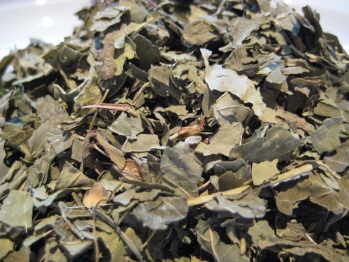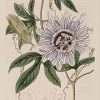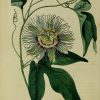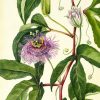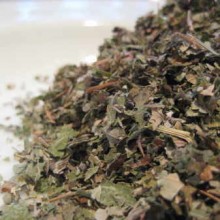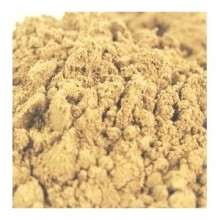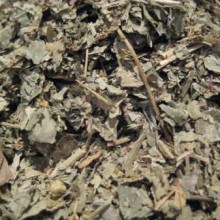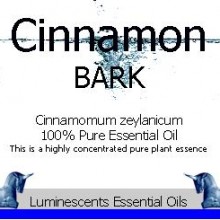Passion Flower Herb is an edible plant and medicinal plant. It is often used in relaxation and calming tea blends using Valerian, Lemon Balm, Hypericum and Chamomile as additional ingredients.By itself it has an unusual but far from unpleasant taste and is pale green in colour. Adding other ingredients as above consderably changes the taste however and Valerian in particular is strong and pungent and will overpower the delicate Passion Flower Herb taste.
Passion Flower Herb is most commonly used for its ability to calm the central nervous system.
Like benzodiazepines and other herbs, Passion Flower increases the levels of gamma-aminobutyric acid (GABA), a neurotransmitter. Neurotransmitters are chemicals that carry messages from nerve cells to other cells. It decreases the activity of nerve cells in the brain, causing relaxation.
Passion Flower Herb Uses:-
Passion Flower Herb is helpful for anxiety and insomnia because of its calming effect. Chemicals known as harmala alkaloids, used to block an enzyme involved in depression, are also apparent in the passion flower. It is effective in increasing the activity of neurotransmitters like dopamine, norepinephrine, and serotonin in increasing mood stability by blocking monoamine oxidase.
In addition to being helpful for anxiety, insomnia, and nervous gastrointestinal conditions, Passion Flower is also commonly used for the following:-
Pain relief, as a sedative, hypnotic, antispasmodic, neuralgia (pain along a nerve)
Diarrhoea, dysentery
Nervous tachycardia (abnormally high heart rate), spasmodic asthma,
Hysteria, nervous agitation
Dysmenorrhoea (painful menstruation), and haemorrhoids
Passion Flower Herb Constituents:-
There are numerous comunds found in Passion Flower Herb, some of which are listed below:-
Coumarins (scapoletin and umbelliferone), Maltol, Phytosterols (Lutenin), Cyanogenic glycosides (gynocardin), Apigenin, Homoorientin, Isovitexin, Kaempferol, Lucenin, Luteolin, Passiflorine, Quercetin, Rutin, Saponarin, Vicenin, Vitexin
The species is very abundant in organic acids such as:-
Formic, Butyric, Linoleic, Linolenic, Malic, Myristic, Oleic, Palmitic and phenolic compounds and amino acids.
The sugars are mainly found only in the fruit and not the herbal material.

